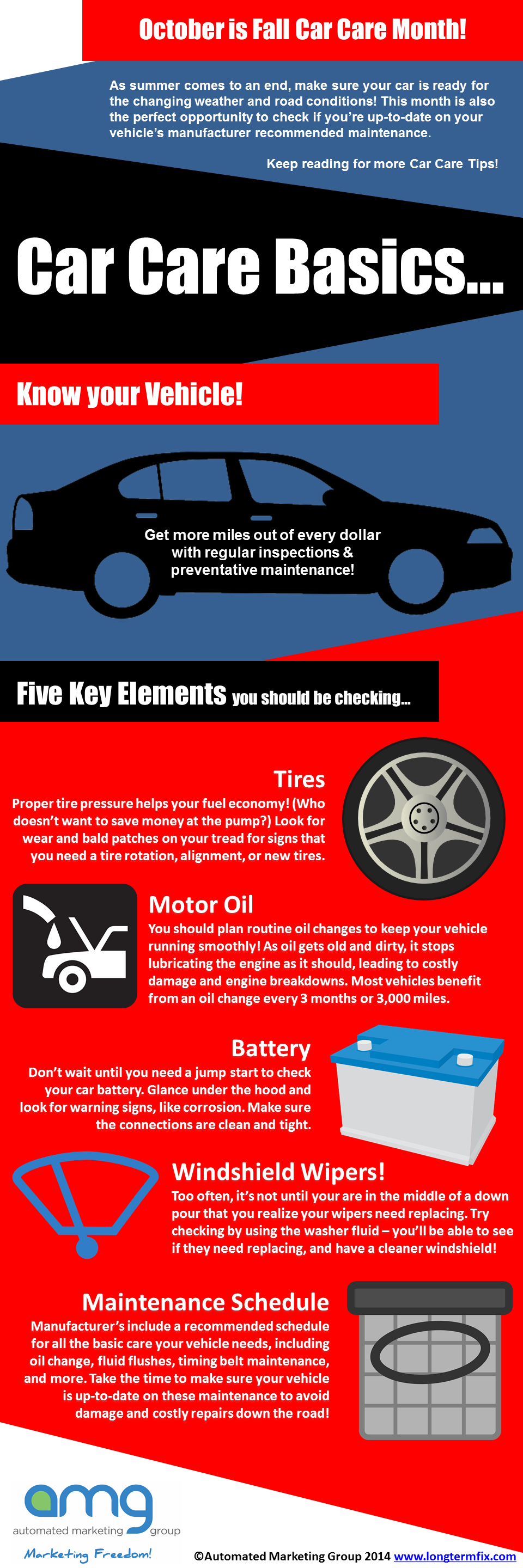Examining Your Auto'S Warning Indicators: What They Actually Communicate
Examining Your Auto'S Warning Indicators: What They Actually Communicate
Blog Article
Content Develop By-Lim Gilbert
When you lag the wheel, those glowing caution lights on your dashboard can be a little bit difficult. Do you understand what they're attempting to inform you concerning your cars and truck's health and wellness? Comprehending the value of these lights is important for your safety and the long life of your vehicle. So, carwashplaces of those lights pops up, would not you intend to analyze its message precisely and take the essential actions to address it?
Common Warning Lights and Interpretations
Identify typical warning lights in your auto and understand their significances to make certain secure driving.
One of the most typical caution lights include the check engine light, which indicates concerns with the engine or discharges system. If this light begins, it's critical to have your vehicle checked promptly.
The oil stress warning light shows reduced oil pressure, needing prompt interest to avoid engine damages.
A flashing battery light could recommend a malfunctioning billing system, possibly leaving you stranded otherwise attended to.
ceramic car wash (TPMS) light alerts you to low tire pressure, influencing lorry security and fuel effectiveness. Neglecting this can lead to hazardous driving conditions.
The abdominal muscle light indicates an issue with the anti-lock braking system, compromising your ability to stop swiftly in emergency situations.
Finally, the coolant temperature level alerting light warns of engine getting too hot, which can result in extreme damage if not settled quickly.
Recognizing these typical caution lights will help you resolve issues without delay and keep risk-free driving conditions.
Importance of Prompt Interest
Understanding the common caution lights in your car is just the very first step; the relevance of immediately resolving these warnings can't be emphasized sufficient to guarantee your safety and security when driving.
When a caution light illuminates on your dashboard, it's your cars and truck's way of communicating a prospective issue that requires focus. Overlooking these warnings can cause much more severe troubles in the future, endangering your safety and security and possibly costing you much more in repairs.
Prompt attention to cautioning lights can avoid break downs and mishaps. As an example, a blinking check engine light could show a misfire that, if left unattended, could cause damage to the catalytic converter. Addressing this immediately can save you from a costly repair work.
Likewise, a brake system advising light could indicate low brake fluid or worn brake pads, critical parts for your security when driving.
DIY Troubleshooting Tips
If you see a warning light on your control panel, there are a few DIY fixing ideas you can attempt prior to seeking professional help.
The initial step is to consult your car's handbook to understand what the details caution light indicates. Often the concern can be as easy as a loosened gas cap triggering the check engine light. Tightening up the gas cap may resolve the issue.
An additional usual problem is a reduced battery, which can set off various advising lights. Checking car wash botany for deterioration and ensuring they're protected could deal with the problem.
If a caution light continues, you can attempt resetting it by detaching the car's battery for a couple of minutes and then reconnecting it. In https://www.autobodynews.com/index.php/western/item/25716-l-a-residents-furious-at-auto-repair-shop-parking-exotics-on-neighborhood-streets.html , checking your lorry's liquid degrees, such as oil, coolant, and brake fluid, can aid repair alerting lights associated with these systems.
Final thought
To conclude, recognizing your car's caution lights is important for maintaining your automobile running efficiently and safely. By immediately addressing these signals and knowing what they suggest, you can stay clear of pricey fixings and potential breakdowns.
Bear in mind to consult your automobile's manual for certain information on each alerting light and act accordingly to ensure a hassle-free driving experience.
Remain educated, stay secure when traveling!
